How The Steam Machines Failed In The Gaming Industry
Two days ago, Valve removed any trace of Steam Machines from its store. If it weren't for the media coverage, people might not have even remembered they still existed. Except for the hardest core of PC gamers, most have probably presumed Valve's overnight sensation to have been long gone. And now, it really is. What was first seen as the revolution of PC gaming has now become almost an embarrassing footnote in gaming history. What happened and why did Valve fail so miserably? It all boils down to trying to hit too many birds with just one stone.
What it was supposed to be
What was the Steam Machine supposed to be anyway? It's easy enough to describe what it technically is, just a pre-built mini-PC with SteamOS pre-installed. But more than what it was, it's more important to know what it was meant to be.
Steam Machines were Valve's attempt at addressing one of the biggest complaints developers have in making PC games. There are just too many variables to consider. Unlike a regular gaming PC, Steam Machines had a recommended base standard that they would all follow. In theory, developing a game with Steam Machines in mind would mean it would work on all Steam Machines. The full story, however, was a bit more complex.
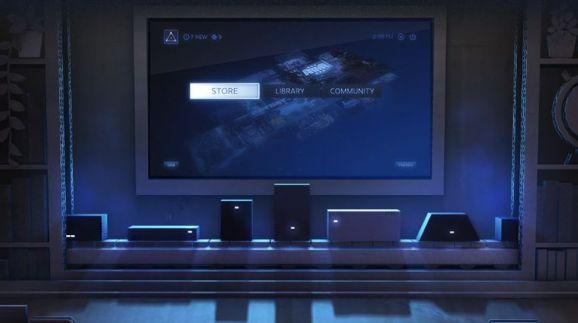
The Steam Machines were also, in part, Valve's, or specifically Gabe Newell's, statement against the dominance of Microsoft's technology PC gaming. The Linux-based SteamOS was meant to show both developers and gamers that the gaming industry didn't need to be chained down to Windows and DirectX. They didn't even need to be chained to a single concept of gaming. While a PC at heart, the Steam Machine is a console by design. And while that multi-faceted capability would have made it appeal strongly to gamers, it might have spread the product line a bit too thin for its own good.
Input and Playing Style
Part of that may be the confusion on how to actually use a Steam Machine. On the one hand, it is practically a PC running a modified but otherwise standard version of Linux. On the other hand, it looks like a console and the Steam Controller gamepad is the preferred way to use it.
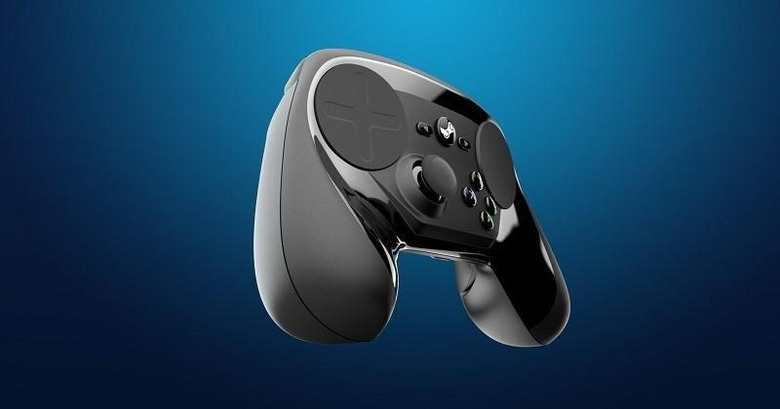
Steam has long had a Big Picture mode, perhaps developed with SteamOS and Steam Machines in mind. It transformed Steam into a TV-friendly, console-like interface that you can navigate with a controller. The problem is, however, that most of the games on Steam were developed with a PC in mind, with keyboard and mouse for input. There are, of course, games that support both, but not only is it a recent development, it is far from perfect in practice. And when you're feet away from your screen sitting on your comfy chair, switching to a keyboard and mouse to play a game is a huge turn-off.
Hardware
It didn't help that the first iteration of the Steam Controller didn't make it easy to play those games that did work with a controller. In fact, the first iterations of the Steam Machines themselves made many lose faith in the dream. Given the console-like size constraints, those boxes didn't have much power in them, immediately excluding graphics-heavy games. Not that there were many of those to be played on SteamOS in the first place.
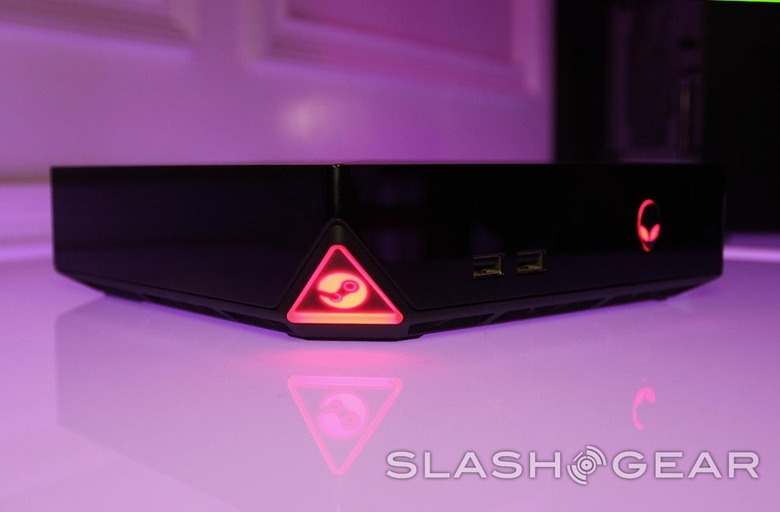
The actually powerful Steam Machines eventually came out but a little too late. By then, many have moved on and gone back to Windows PC gaming. In fact, some of those later Steam Machines came with Windows, not SteamOS, further dousing any hope of the rise of Linux gaming. While it's now more common to see mini PCs with desktop-grade graphics cards, it wasn't half a decade ago. The Steam Machine, unfortunately, may have been too far ahead of its time.
Virtual Reality
Valve seemed to have also forgotten about Steam Machines itself. The VR wave sent the company rushing to grab hold of the market before Oculus could establish itself as a monopoly. While SteamVR is tangential to the Steam Machines, it took away focus and resources that would have otherwise been poured on the latter. Valve isn't exactly a large company that could afford to split its time and resources on both, while still handling its main source of revenue: the Steam distribution platform. If Valve had to push some less profitable projects to the side, it wouldn't take a genius to determine which one it would be.
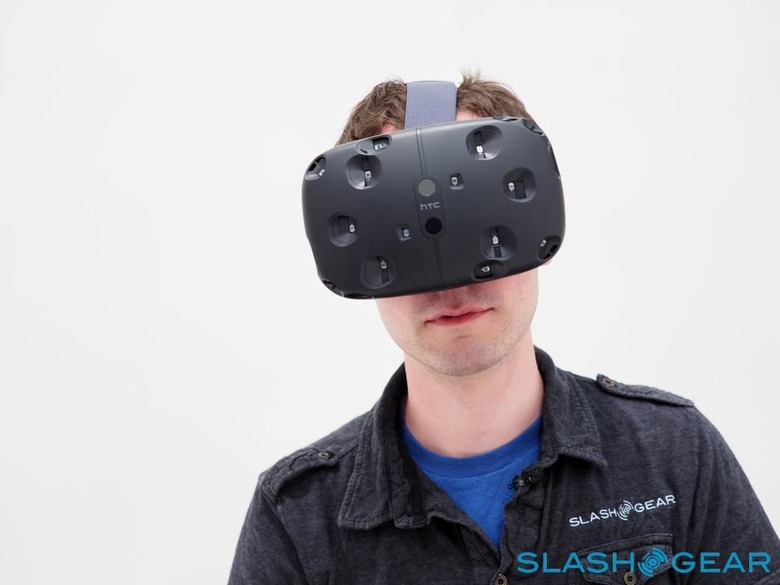
Xbox
Unfortunately for Valve, Microsoft was listening. Sort of. Microsoft did eventually see some of the wisdom in merging PC and console gaming to some extent, much to the consternation of gamers on both sides of the fence. The opportunity came with Windows 10 and the Universal Windows Platform. Microsoft finally had a way to bridge the two worlds, both in software and, soon, in input methods. The fact that the Xbox One is technically a PC (in contrast to previous Xboxes) doesn't hurt.
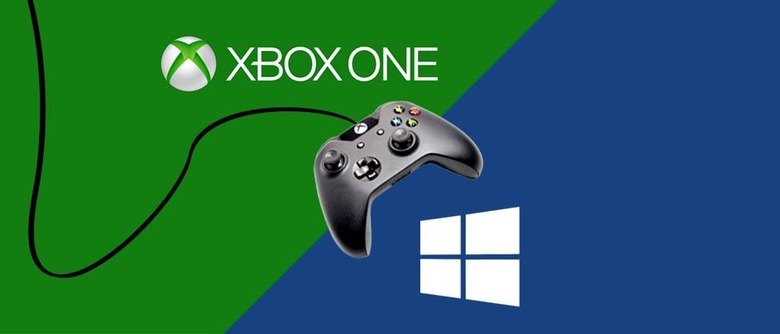
Linux
This is going to be the most controversial point of failure. From the beginning, there were already doubts raised on Valve's choice of Linux for Steam Machines. On the one hand, they didn't have much choice. Only Linux would have allowed them to work on their own things at their own pace without having to answer to Microsoft. On the other hand, some saw it more as a political move rather than a practical consideration.
As a Linux user, nothing excites me more than the idea of playing almost all of Steam's titles, especially the AAA ones, on Linux. As a Linux user, nothing dismays me more than seeing no considerable amount of progress nearly five years after Valve announced SteamOS. While Valve was definitely able to use its clout to push Linux gaming forward in great strides, it just wasn't enough to make SteamOS a commercially viable option.
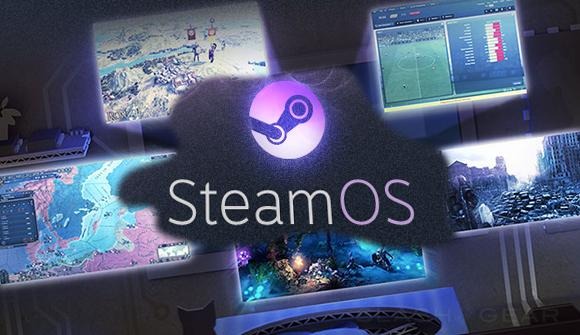
As an advocacy, there was absolutely nothing wrong with SteamOS. But as a business, the severe lack of high-profile games turned many gamers away from the idea. And with them, the OEMs. Not seeing much of a market for SteamOS-based Steam Machines, not many companies made them. Those that did priced them so high that it made more sense to just assemble a Linux box on your own. The Linux gaming situation has improved a little and Windows-based Steam Machines did come out eventually. But by then, the Steam Machine was pretty much dead.
Final Thoughts: Gaming in a box
The idea of a dedicated PC gaming appliance definitely has merit. No need to assemble, no need to configure, no worries about so many possible variations and factors. And the idea of relying on open source software and open standards is also essential in keeping a few companies from monopolizing the industry. But, as Valve learned the hard way, it takes a lot more than that to make a successful business around a new gaming platform.
The good news is that Valve, according to its most recent statement, isn't giving up on SteamOS and is calling on others to rally behind the new Vulkan graphics API. Technology is also converging to a point where you can buy off-the-shelf mini-PCs that would have made those high-end Steam Machines cry in shame. There might still be a future for Steam Machines v2, but that will still largely depend on how much the market will believe in that spiel the second time around.
